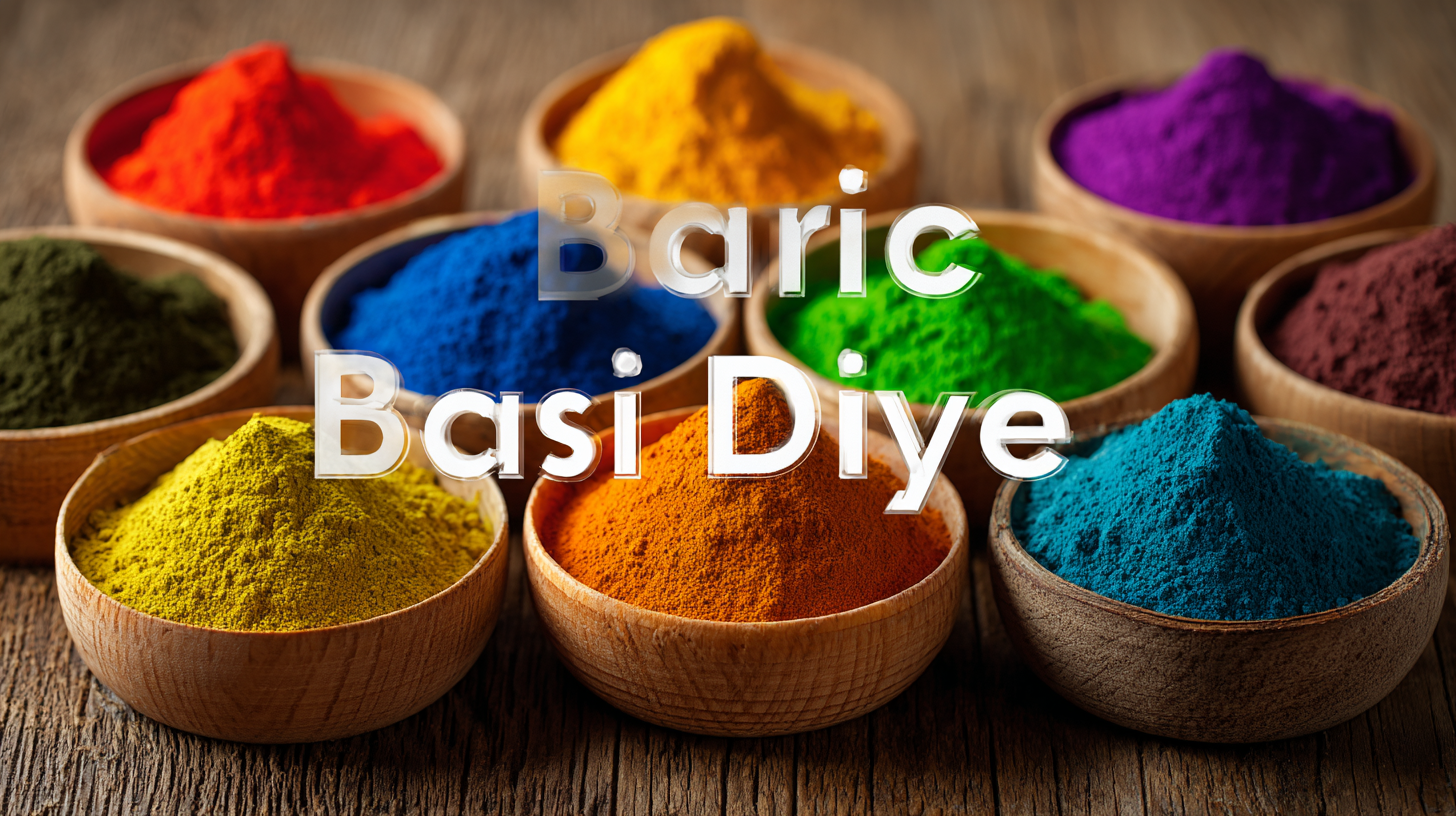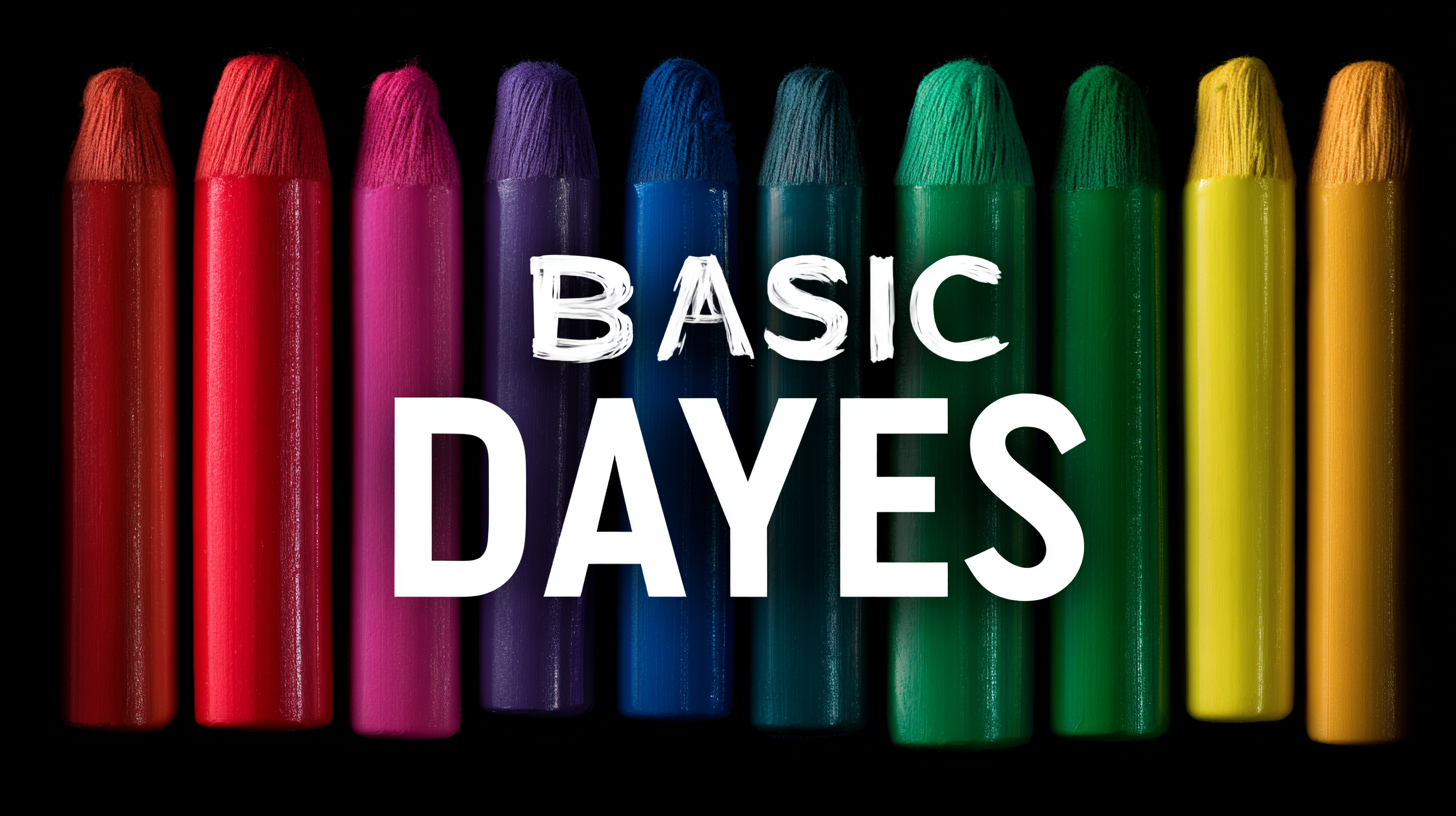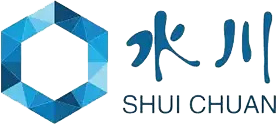As we look forward to 2025, the landscape of the textile and dyeing industry is anticipated to undergo transformative changes, particularly in the realm of Basic Dyes. These dyes, renowned for their versatility and vibrant colors, play an essential role in various applications, including textiles and plastics. However, as the demand for more sustainable and eco-friendly options grows, industry leaders are grappling with significant challenges, including compliance with environmental regulations and evolving consumer preferences.

This blog aims to provide a comprehensive comparison of leading global suppliers in the Basic Dyes sector, highlighting their strengths, weaknesses, and the innovative solutions they are implementing to address these pressing issues. By exploring potential future trends and the implications of current challenges, we seek to offer insights that will guide stakeholders in navigating the complexities of this dynamic market.
Basic dyes, also referred to as cationic dyes, are a crucial category of colorants used primarily for dyeing acrylic fibers, paper, and leather. They are characterized by their brilliant colors and ease of application, making them a popular choice in various industries. According to a report by Allied Market Research, the global market for basic dyes is expected to grow at a CAGR of 4.5% from 2020 to 2025. This trend highlights a rising demand for vibrant and durable dyes across numerous applications, including textiles and consumer goods.
There are several types of basic dyes, including methylene blue, crystal violet, and rhodamine B, each offering unique properties suited to specific applications. For instance, methylene blue is widely used in biological staining, while crystal violet is commonly found in textiles. As industries continue to innovate, the versatility of basic dyes will likely drive their adoption further, particularly in high-performance coatings and inks.
**Tips:** When selecting a basic dye for a project, consider the desired color fastness and the substrate material. Additionally, it is essential to evaluate environmental regulations concerning dye usage, as sustainability becomes a focal point for manufacturers and consumers alike. Understanding the limitations and strengths of each dye type can lead to more informed and effective choices in dyeing processes.
| Dye Type | Color Family | Applications | Market Trends | Sustainability Focus |
|---|---|---|---|---|
| Azo Dyes | Red, Yellow | Textiles, Paper | Increasing use in fast fashion | Development of non-toxic variants |
| Reactive Dyes | Blue, Green | Cotton, Wool | Shift towards eco-friendly options | Usage of natural sources |
| Direct Dyes | Black, Brown | Paper, Leather | Popularity in industrial applications | Focus on biodegradability |
| Sulfur Dyes | Dark Colors | Denim, Synthetic Fabrics | Rising demand for denim products | Reduction of environmental impact |
| Pigment Dyes | Multi-Colors | Plastics, Coatings | Growth in automotive and construction industries | Enhanced safety standards |
The landscape of basic dyes is evolving as industry demands shift towards high performance and sustainability. In 2025, key properties such as solubility, color fastness, and stability will be critical in differentiating leading global suppliers.
Solubility, particularly in water, remains a fundamental characteristic that dictates the application process across various industries, including textiles and plastics. According to a recent industry report by Smith & Associates, over 70% of basic dye producers are investing in R&D to improve the solubility profiles of their products, which can significantly impact color yield and application efficiency.
Color fastness, which includes UV and wash fastness, is increasingly emphasized as consumers demand longer-lasting colors. The American Dye Manufacturers Institute has noted a rise in regulations mandating stringent testing for color retention in both residential and industrial applications. Suppliers that can innovate in this area will likely gain competitive advantages. Meanwhile, stability, particularly thermal and photostability, is becoming crucial as extreme conditions in applications can cause dyes to break down.
With these properties becoming central to market differentiation, suppliers who prioritize these attributes are expected to lead the charge in market share and consumer loyalty by 2025. As the industry grapples with eco-friendly advancements and regulatory requirements, the integration of superior dye properties will define the next generation of basic dyes.
The market for basic dyes is witnessing significant evolution, driven by advancements in both product offerings and supplier innovations. A recent report by Grand View Research indicates that the global basic dyes market is projected to reach USD 3.1 billion by 2025, growing at a CAGR of 4.3%. Key players such as BASF, Huntsman Corporation, and DyStar are at the forefront, each providing a unique portfolio that aligns with evolving consumer demands and regulatory standards. BASF, for instance, has expanded its range to include eco-friendly dyes, while Huntsman emphasizes its innovative color solutions that offer enhanced performance and sustainability.
In a comparative analysis of these leading suppliers, DyStar stands out for its extensive investment in R&D, which has led to the development of dyes with improved colorfastness and lower environmental impacts. According to a report from Mordor Intelligence, more than 60% of dye manufacturers are actively transitioning to more sustainable practices, necessitating a closer look at how these industry leaders are reshaping the basic dyes landscape. Suppliers are not only competing on product quality but also on their ability to adapt to sustainability trends, making their offerings increasingly diverse and appealing to a broader market base.
Emerging trends in basic dye technology are increasingly focused on innovations and sustainability, reflecting the industry's shift towards environmentally friendly practices. Reports indicate that the global demand for sustainable dye solutions is projected to grow at a CAGR of 9.5% from 2022 to 2025. This change is driven by rising consumer awareness and regulatory pressures aimed at reducing toxic emissions from dye manufacturing. Leading suppliers are investing in eco-friendly processes and raw materials, such as plant-based dyes, which not only mitigate environmental impact but also align with the broader trend of sustainability in the textile industry.

In addition to sustainability, advancements in dye technology have seen a rise in the development of high-performance basic dyes that offer improved colorfastness and lower water usage. For instance, innovative formulations that utilize nano-technology allow for better dye absorption and less waste during application. According to a recent market analysis, the introduction of such technologies has the potential to reduce water consumption in dyeing processes by up to 30%.
As major players in the industry continue to merge R&D efforts with sustainable practices, the future of basic dyes appears set to meet both the demands of consumers and environmental standards, shaping a more responsible and efficient dye market by 2025.
As we look towards 2025, the market for basic dyes is projected to experience significant growth driven by increasing demand across various applications. The market is currently segmented by type into liquid and powdered forms, which cater to diverse industries including textiles, leather, pulp and paper, construction, food and beverages, and personal care. The textile industry remains the largest consumer of basic dyes, with a notable shift towards sustainable practices compelling suppliers to innovate.

Regional analysis indicates that demand for basic dyes is not uniform globally; different regions are seeing varying growth rates. In Asia, particularly, there is a burgeoning market fueled by a surge in manufacturing activities and rising consumer demand for colored goods. Additionally, the growth of industries such as personal care and food and beverages is expected to further elevate the need for high-quality dyes. As technology evolves, suppliers are increasingly focusing on developing dyes that are both effective and environmentally friendly to meet regulatory requirements and consumer preferences.
